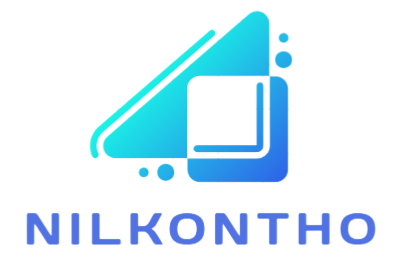Microsoft Task has become inseparable from projects in the executive’s programming, especially in the US. Since the beginning of personal computers, it has dominated the market, and it continues to be an essential tool for businesses of all sizes across the nation. The Microsoft Project’s history, impact, and ongoing development in the American landscape are the subject of this article.
From modest beginnings to market dominance:
In 1986, Microsoft Task was one of the principal Windows-based applications for project the board. This timing demonstrated vital. The demand for user-friendly tools to manage complicated projects grew alongside the popularity of personal computers. Microsoft Venture, with its natural connection point and center functionalities like errand planning, asset distribution, and spending plan following, filled this hole.
In only a couple of brief years, Microsoft Task turned into the most well-known PC-based project the executives programmed in the US. It was consistently named the most popular project management application by industry reports from 2015 to 2020, such as Project Management Zone. This inescapable reception can be ascribed to a few variables:-
Availability: When compared to its rivals, Microsoft Project’s user-friendly interface made it simpler for project managers with varying levels of technical expertise to adapt to it.
Integration: Early integration with Excel and Word from Microsoft made data transfer and reporting simpler, creating a familiar working environment for many American businesses.
Scalability: The product took care of an extensive variety of undertaking sizes and intricacies, making it reasonable for independent ventures and enormous endeavors the same.
The Effect on American Organizations:
Microsoft Task’s impact reaches a long way past its portion of the overall industry. It has had a significant impact on how American businesses manage projects. The following are some of its contributions in greater detail: Standardized project management methods and terminology were introduced by Microsoft Project. This made it easier for teams and organizations to communicate and work together.
Further developed Venture Arranging: American businesses were able to plan their projects more effectively thanks to the software’s built-in tools for task breakdown, scheduling, and resource allocation, resulting in better time management and cost control.
Upgraded Chance Administration: Highlights like Gantt graphs and basic way examination assisted project administrators with recognizing expected dangers and conditions, taking into account proactive alleviation procedures.
Expanded Joint effort: By allowing team members to share project information and monitor progress in a single location, Microsoft Project facilitated collaboration. As geographically dispersed teams became more common in the American workplace, this was especially beneficial.
The Changing Terrain:
The market for project management software is constantly changing, despite Microsoft Project’s continued dominance. Microsoft Project’s future in the United States is being shaped by several trends, including cloud-based solutions: The use of cloud-based project management tools is increasing. Microsoft made Project Online, a cloud-based version of the software, in recognition of this shift. This takes special care of organizations looking for more noteworthy availability and joint effort capacities.
Joining with Spry Procedures: Lithe task the executive’s philosophies accentuate adaptability and consistent variation. Microsoft Undertaking’s latest variants currently incorporate highlights that better help spry practices, regardless of the program’s customary spotlight on cascade philosophies.
The rise of mobile apps: Project the board programming that can be utilized on cell phones and tablets is sought after because of the developing prevalence of cell phones. Microsoft offers portable applications for both Endlessly project Internet, permitting American task administrators to remain associated and oversee projects in a hurry.
Looking Forward to The Eventual Fate of Microsoft Undertaking in the USA:
Microsoft Project is likely to adapt and develop further as technology advances. Coming up next are a few likely future areas of concentration: AI: Artificial Intelligence AI could be used to automate repetitive tasks in project management, freeing up human resources for more strategic work.
Analytical Tools: Project the board programming could use simulated intelligence and huge information investigation to anticipate expected chances, recognize asset bottlenecks, and upgrade project execution.
Upgraded Joint Effort Apparatuses: With the ascent of remote work, further enhancements in joint effort elements can be anticipated, cultivating consistent correspondence and task perceivability across topographically scattered groups.
Final Advice:
Microsoft’s Undertaking plays had a critical impact in forming the scene of venture executives in the USA. Because of its versatility, usability, and similarity with other Microsoft items, it has developed into a norm for organizations, all things considered. As innovation keeps on advancing, Microsoft Undertaking is probably going to adjust and coordinate new functionalities, guaranteeing its proceeded with importance in the American task of the executive’s scene.
